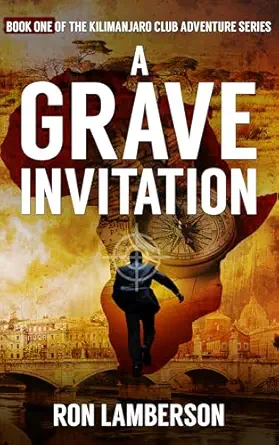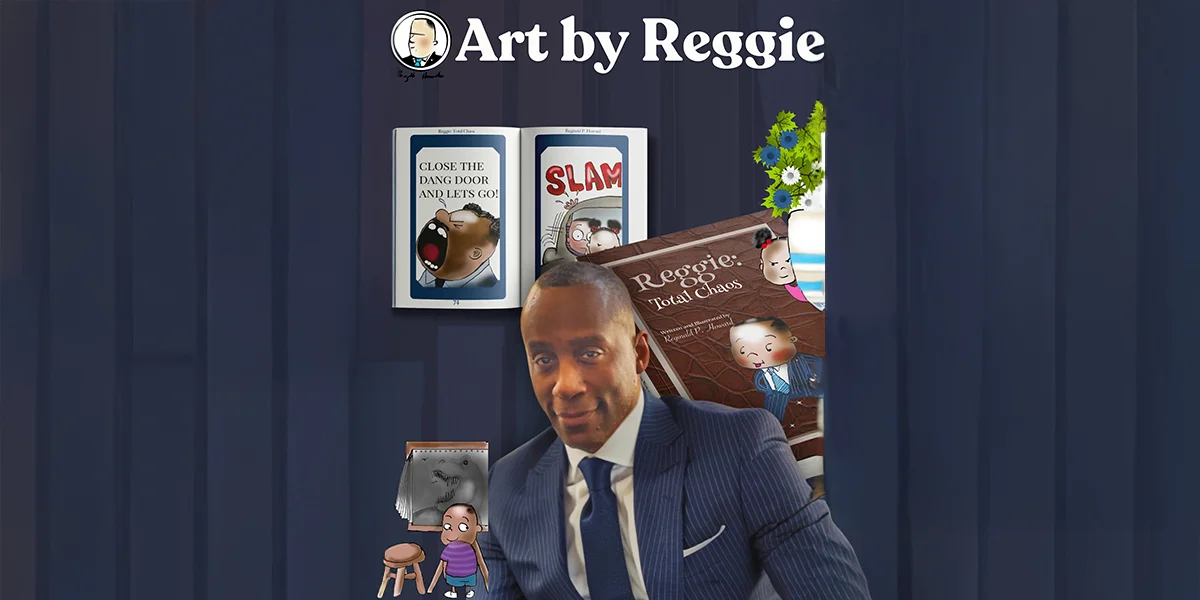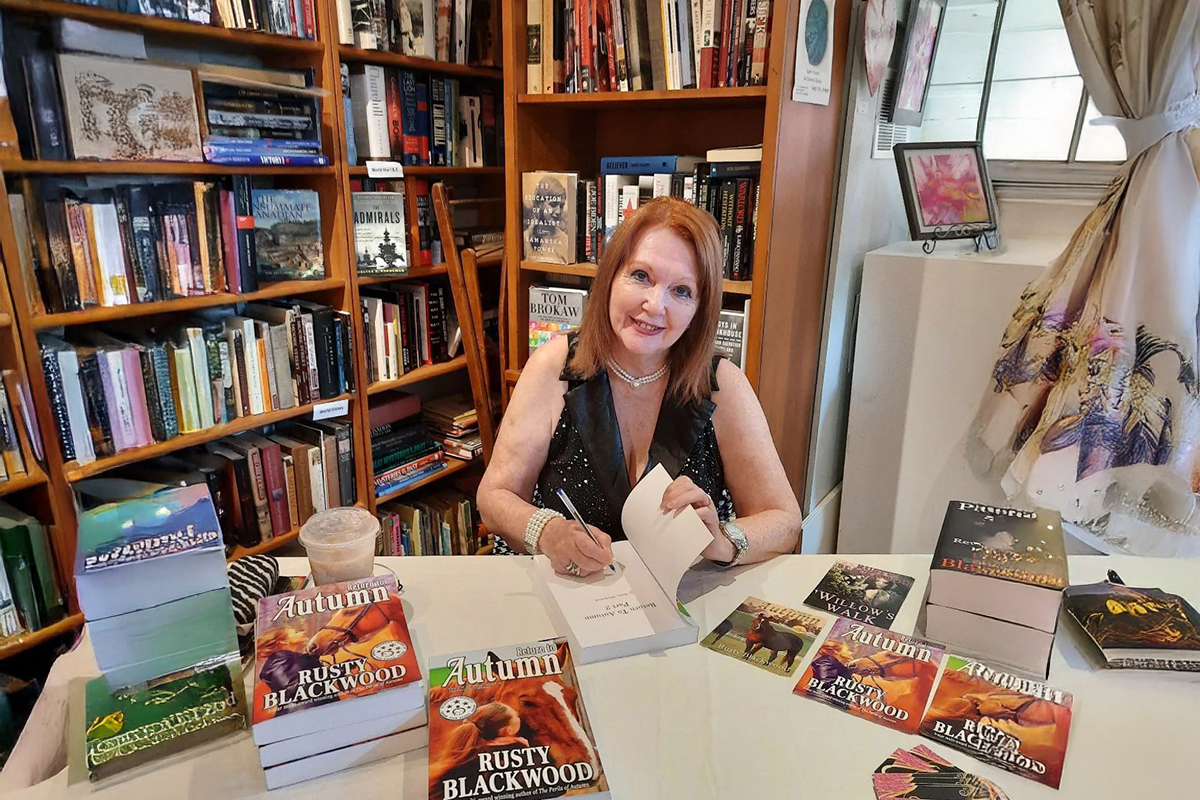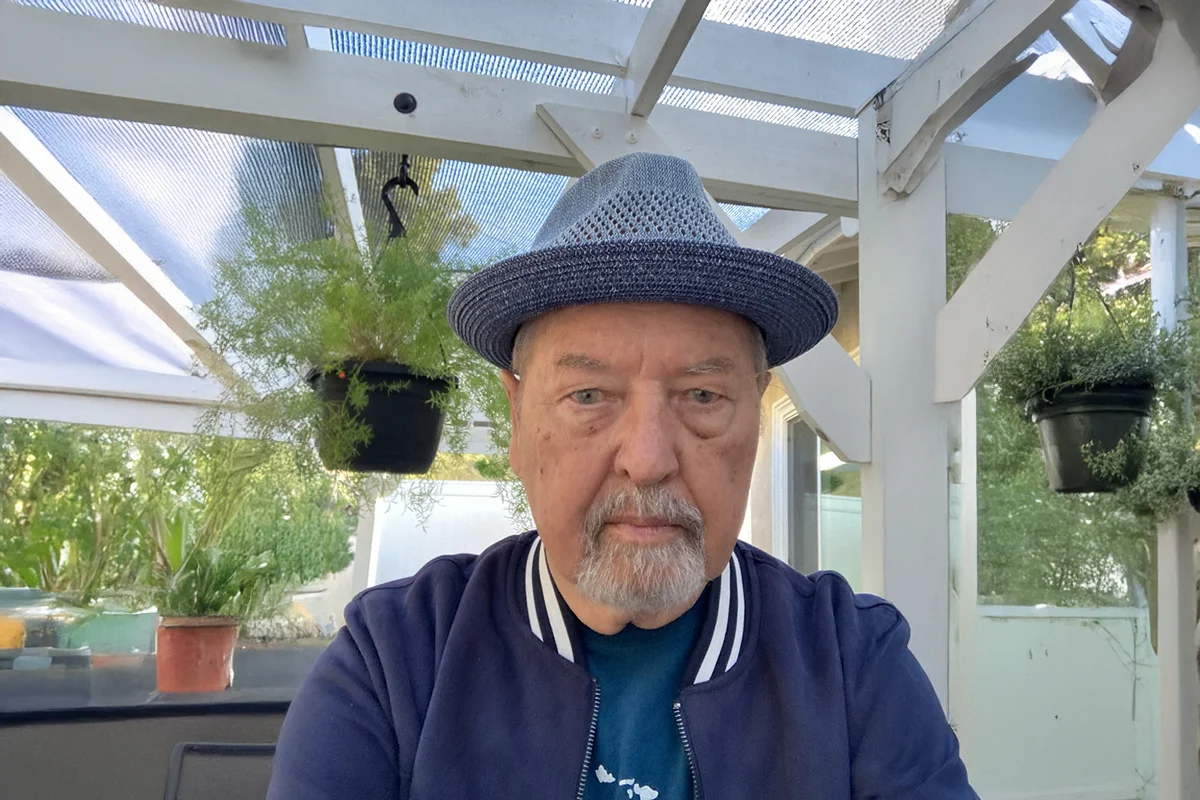Ron Lamberson Inspires Readers Through Thrilling Adventures and Intergalactic Escapes

Photo: Ron Lamberson at home in Colorado, crafting adventures and charting intergalactic punk worlds, one page at a time.
Award-Winning Novelist Shares New Worlds, Memorable Characters, And Creative Inspirations
Few writers can so effortlessly transport readers across continents and galaxies like Ron Lamberson. With an impressive catalog spanning award-winning thrillers, gripping adventures, and intergalactic punk odysseys, Lamberson has cemented himself as a titan of immersive storytelling. His Kilimanjaro Club novels blend exotic locales with razor-sharp mysteries, while Heavy Metal Moon launches readers into a rock-fueled sci-fi universe filled with bold creativity and electric tension. Whether unraveling the mythology of a clandestine society or taking cues from his global travels to craft stunning settings, Lamberson’s vivid imagination and relentless pursuit of authenticity shine on every page.
Beyond the page, Ron Lamberson’s journey is just as inspiring. Transitioning from the corporate grind of HR to life as a bestselling novelist, he channels his experiences with corporate machinations, cultural exploration, and musical obsessions into his dynamic narratives. His stories are as layered and textured as his own journey—from globetrotting adventures to head-banging concert nights. In this exclusive interview, we dive into the mind of a writer who dares to blend adrenaline, myth, and music into unforgettable fiction. Get ready to explore the creative brilliance of Ron Lamberson—an author who invites you not just to read, but to explore, dream, and wander alongside his unforgettable characters.
Ron Lamberson skillfully combines vivid detail, gripping plots, and compelling characters to deliver novels that transport readers to unforgettable worlds.
In The Poachers of Immortality, you blend adventure with myth—what inspired the international Immortality poaching plot and how did your travel experiences shape its vivid settings?
The book series is grounded in adventure and international settings. My family has special ties to China, so after writing “A Grave Invitation,” I knew I wanted to anchor the next book in China. It’s a location many Americans haven’t visited but are curious about. I love being able to relive my travel experiences to places like The Great Wall, Beijing, and Guangzhou. Weaving the incredible cultural aspects of China, Italy, or Kenya into my books drives my writing.
A Grave Invitation launches the Kilimanjaro Club series—how did you develop the dynamic between its amateur sleuths amid exotic locales?
When I write, I disappear into the characters. It’s like being transported into a movie. Visiting a new or unfamiliar location ramps up the stakes. Not only do the characters have to solve a problem, find something, or rescue someone, they have to do it in a place that’s exotic and maybe a little uncomfortable. That’s thrilling and dangerous. When I put myself in the character’s head, I see what they see, feel what they feel, and respond. It’s an adventure for me, too.
The Mythos of Malcolm dives deeper into your Kilimanjaro world—how did you expand mythology and character arcs based on fan feedback from the first two books?
I had a lot of people telling me, “We want more about the old guys!” Bailey Honeybourne and Parnell Sumner are popular, and I love writing about them. As I established backstories for the Kilimanjaro Club and its members, I knew I would spend time telling some of the earlier stories. I had a great time making that happen in book three.
Heavy Metal Moon offers a sci‑fi punk vibe—what drew you to explore intergalactic punk, and how did music influence the world‑building?
The germ for “Heavy Metal Moon” came to me while I was finishing “The Poachers of Immortality.” I was driving home from work, listening to Sirius radio, and heard “Negasonic Teenage Warhead” by Monster Magnet for the first time. It was released in 1995, but this was 2018. Aside from just being an awesome banger, I loved the lyrics, and my first thought was, “What would an intergalactic rock band look like?” I wanted to root it in something familiar, so the idea of an Earthling leading this band came next. Writing that book has been my favorite creative endeavor.
Your novels combine meticulous locale detail with action—how does your travel to 30+ countries feed into crafting those immersive settings?
Again, for me, visiting a new country is an adventure. I’m constantly thinking of how my travels can have a place in the stories I write. They are homages to the locations I’ve explored. It’s the voluminous histories that blow me away. I want to create a clear visual for the reader, in the hope that they will feel a tinge of what I experience when I’m there. It’s akin to cinematography. A compelling story in a mysterious, beautiful location adds another dimension to the experience.
Having transitioned from HR professional to award‑winning novelist, how did your corporate background inform the themes or character development in your recent thrillers?
Working in HR is an introduction to corporate villainy. I saw the very worst in people, in all levels of an organization, and often at the top. Narcissism, greed, patriarchy—they’re elements that can be the foundation for the most nefarious villains. It’s been very cathartic for me to write out some of the trauma I accumulated.
You’ve produced engaging book trailers—how do you approach visual storytelling differently for A Grave Invitation versus The Poachers of Immortality?
I’m a huge fan of movie trailers. The more mysterious, the better. It goes back to immersing myself in the story. What elements of the individual books appear to me? How can I provide a glimpse to a potential reader? Plus, it’s just a blast creating something visual from the writing.
As a lifelong concert‑goer and Guitar novice, how has your musical passion (Nine Inch Nails, Toto) influenced rhythm or tone in your latest books?
I prefer to listen to music when I write. I listened to Nine Inch Nails exclusively when I wrote “A Grave Invitation,” and the texture of the music helped transport me to the action in the book. With the later books, I’ve mixed it up a bit. I try to find music that matches the tone of what I’m writing at that time. For the 1950s segments of “The Mythos of Malcolm,” I listened to jazz and big band. For “Heavy Metal Moon,” it was more NIN, a frequent dose of Monster Magnet, plus some prog rock. I’m working on the follow up to “Heavy Metal Moon,” and I’m always listening to this awesome compilation created for Oga’s Cantina at Disney’s Star Wars Galaxy’s Edge.
With an MBA and creative writing degree, how do analytical skills and storytelling inform one another in constructing your complex recent narratives?
I mistakenly abandoned my analytical skills when I wrote “A Grave Invitation” and the first draft of “The Poachers of Immortality.” I didn’t start with an outline. I thought I was a pantser. I got lucky with the first book—the story worked. But I had to rewrite the second book with a detailed outline to get the pacing right. From that point on, I’ve embraced the outline. I give myself a lot of leeway and always stray from the initial path, but it keeps me on track.
What key piece of advice would you offer aspiring authors based on your journey from HR to bestselling novelist in both adventure and sci‑fi?
Stop making excuses. Many have said it before, but write every day—250 words. Soon, you’ll have to claw yourself away from the keyboard or your pen. And write the stories you are passionate about.
Editor’s Note

Ron Lamberson crafts thrilling, fast-paced adventure mysteries that blend family intrigue, exotic locales, and high-stakes suspense, taking readers on a gripping journey of discovery, danger, and intercontinental excitement.
A celebrated explorer is murdered, leaving Stuart Mancini pulled from his Wall Street life into a whirlwind of family secrets, kidnapping, and murder. Invited to the elusive Kilimanjaro Club, he must unravel a fabled African treasure, protect his grandfather’s discoveries, and navigate danger, mystery, and adventure across continents.















